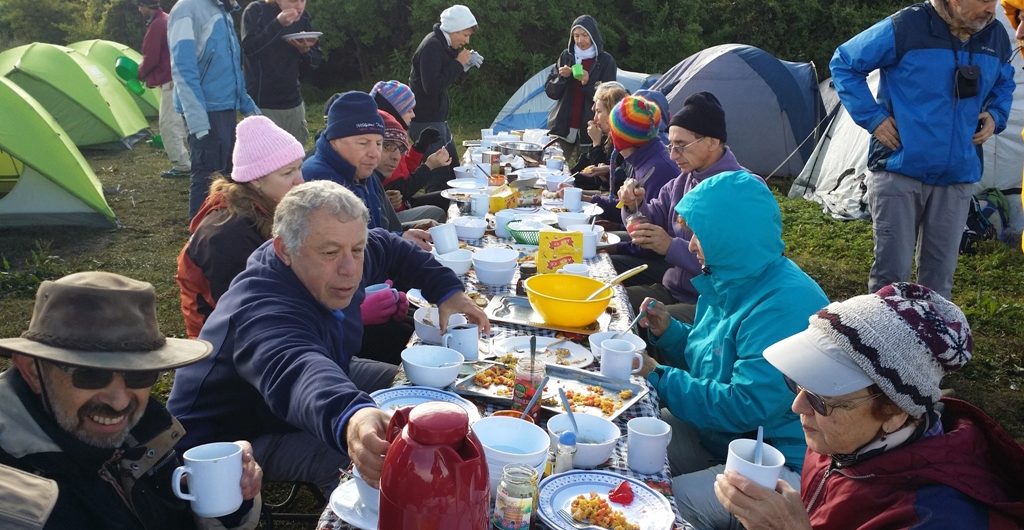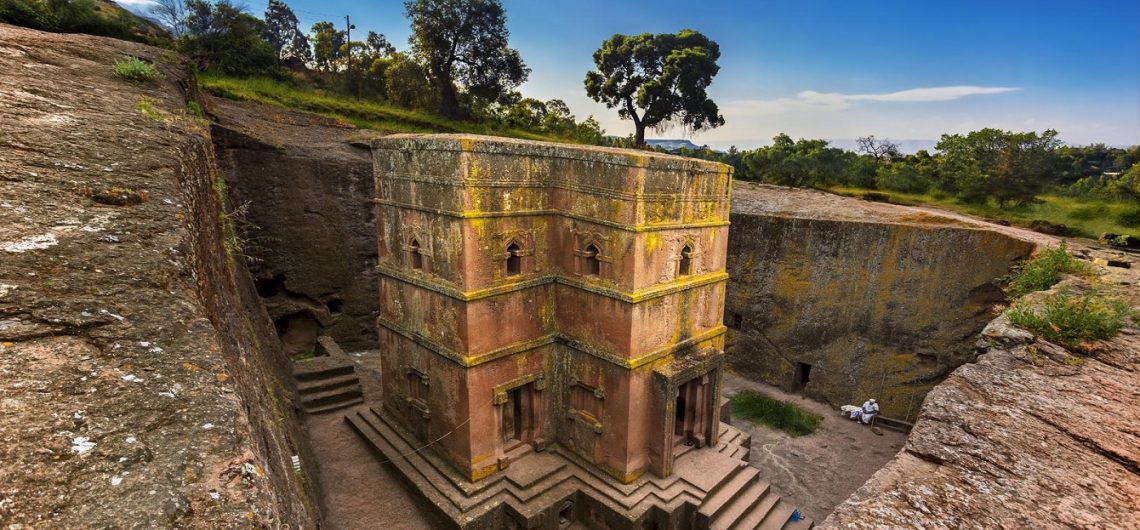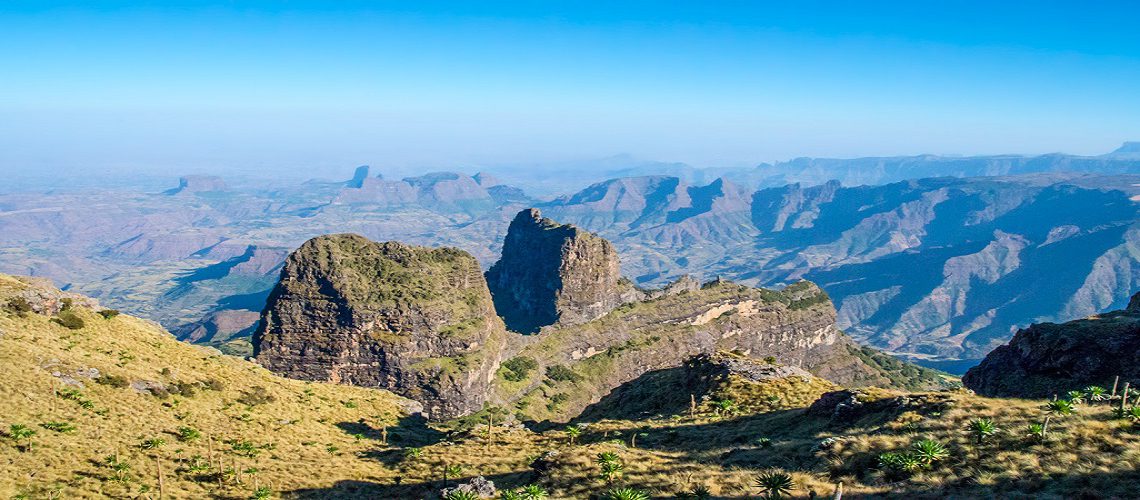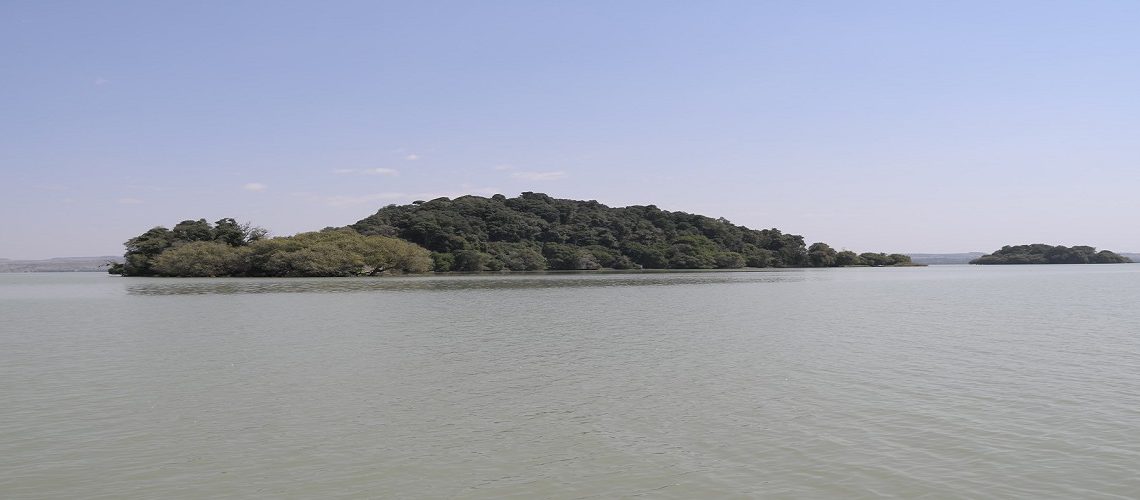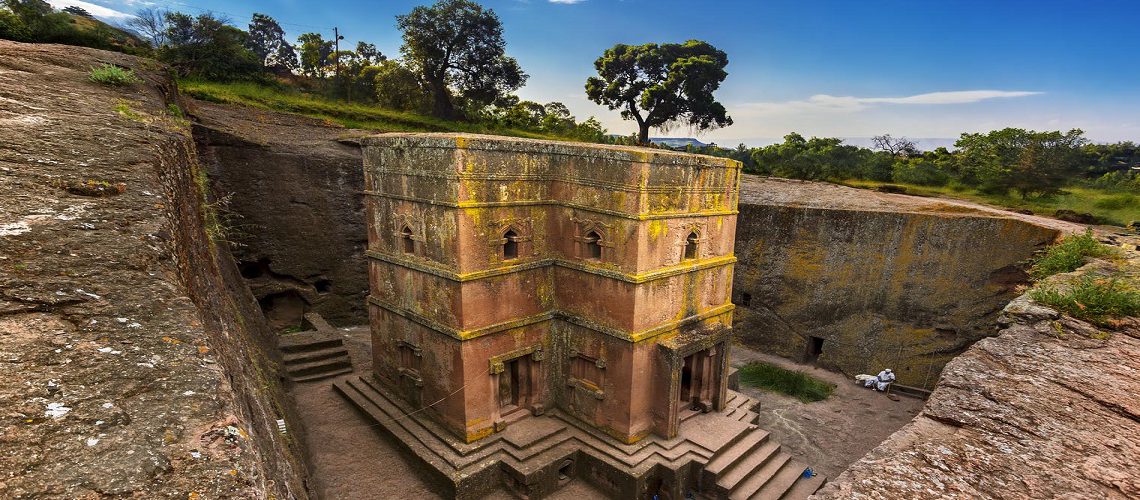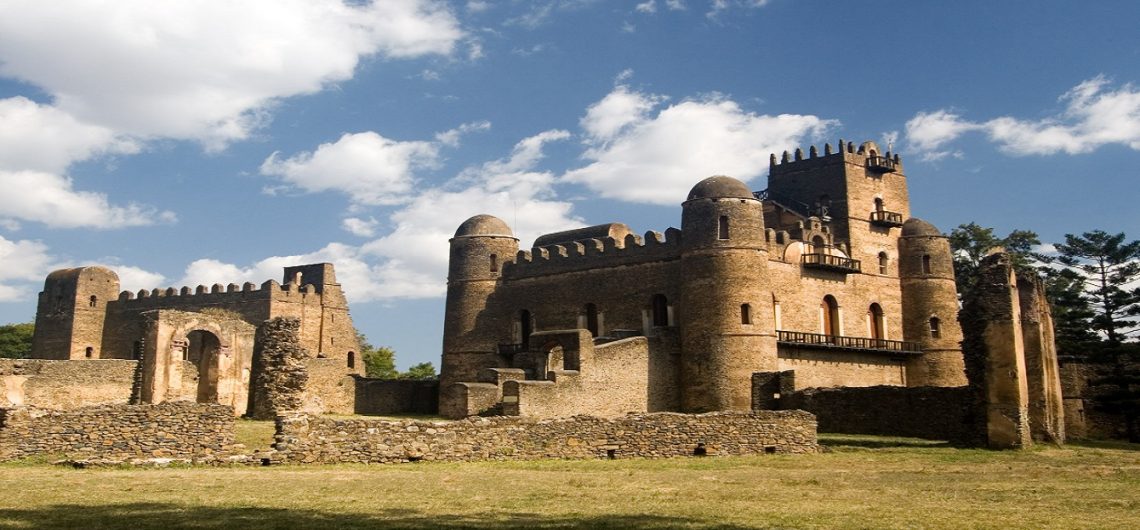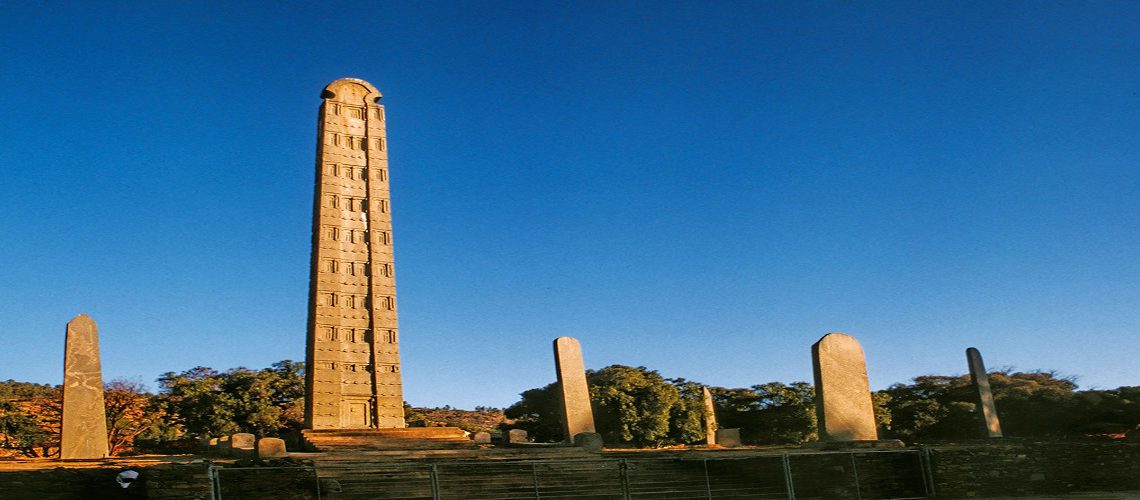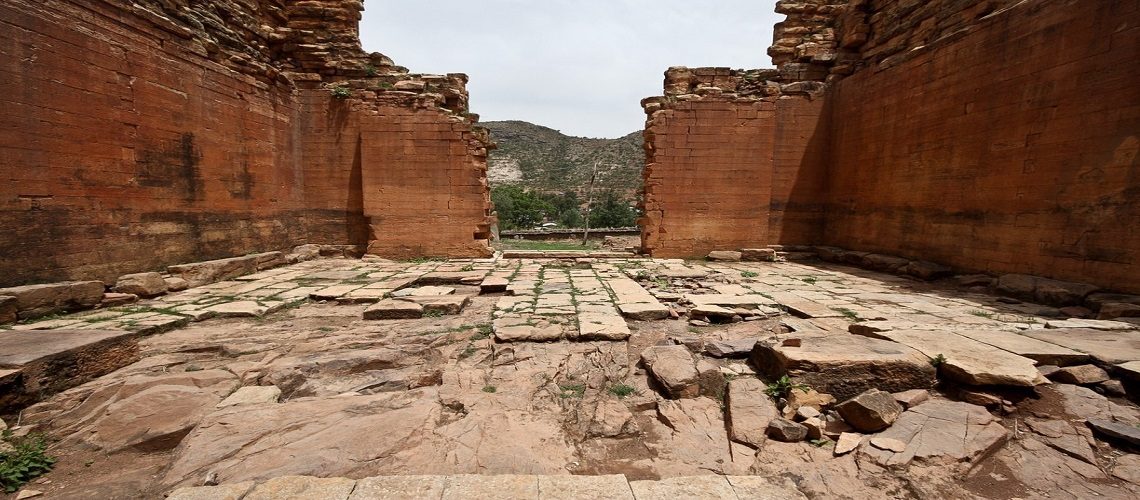Any one with limited time, can do these treks within 3 days.
- Sankaber- Geech trek
- Geech-Imetgogo-seha valley trek
- Sankaber-Chenek trek
- Chenek-Bhuahit Mountain trek
Sankaber- Gich trek
- Time : 3 days
- Campsites: 1 night at sankaber and 1 night at Gich camp
- Difficulty: midium
- Elevation : 3970 masl
- Attractions: scenery and wildlife.
- Start/Finish: Gondar to Gondar
- Permitts: National park fee
- Accomodation: Tent
Itinerary
Day 1. Gondar-Sankaber (3250 m), 3-4 hours
Pick you at Gondar Airport or your hotel, drive along a good paved road from Gondar to the park headquarters in Debark. After that we will drive for another hour before we start our first day introductory walk.
Day 2. Sankaber – Gich (3600 m), 5-6 hrs
We follow the northern escarpment eastward, before we descend a little into the Kaba Valley. After that we climb up before we reach
Day 3. Gich – Imetgogo-Hyna meda-Gondar
Climb imet gogo mountains, trek to hyna meda and drive to Gondar.
Gich – Imetgogo – seha valley trek
- Time : 3 days
- Campsites: 2 nights at Gich camp
- Difficulty: little bit hard
- Elevation : 3970 masl
- Attractions: scenery and wildlife.
- Start/Finish: Gondar to Gondar
- Permitts: National park fee
- Accomodation: Tent
Itinerary
Day 1. Gondar- Gich
Pick you at Gondar Airport or your hotel, drive directly to Sankaber camp where you start trek to Gich camp via Ginbar water fall. Overnight at Gich camp.
Day 2. Gondar- Gich
Trek to Imet gogo mountains, seha valley and kedadit. Overnight at Gich camp.
Day 3. Gich – hyna meda- Gondar
Trek to Hyna meda and the car pick you up to Gondar.
Sankaber – Chenek trek
- Time : 3 days
- Campsites: 1 night at sankaber and 1 night at Cheneck camp
- Difficulty: low
- Elevation : 4070 masl
- Attractions: scenery and wildlife.
- Start/Finish: Gondar to Gondar
- Permitts: National park fee
- Accomodation: Tent
Itinerary
Day 1. Gondar- sankaber
Pick you at Gondar Airport or your hotel, drive along a good paved road from Gondar to the park headquarters in Debark. After that we will drive for another hour before we start our first day introductory walk.
Day 2. Sankaber – chenek
Trek to Ginbar waterfall along the escarpment. You drive up to hyna meda for another trek to Enatye Mountains. After lunch, Trek to Chenek camp.
Day 3. Chenek – Gondar
After breakfast, drive back to Gondar.

